The 1939 Register & VE Day
How has your VE Day commemorations been in these strange lockdown days? Did you have a socially-distanced tea party in your own home? Very different today to the vast street parties that were held in May 1945! Do you have photos of your family celebrating during the original VE Day in 1945? Maybe you’ve identified people by using the 1939 Register?
It’s a very long shot. Comparing a photograph to the text and words of the official 1939 Register. Especially as 5½ wars of a long war had been fought between the Register of September 1939 and VE Day May 1945.
If you haven’t already used it before, maybe a new resource for you? Ideal to meander over the Register in these strange lockdown times…
How was the 1939 Register’s data collected?
It was a mammoth task to collect the country’s information in those dark days of September 1939. This is how it was achieved…
‘On the evening of 29 September 1939, ‘National Registration Day’, heads of household completed the details of every individual who spent the night on their premises, ‘whether as members, visitors, boarders or servants’. Collected by one of 65,000 enumerators, each registration form was transcribed into one of the Register’s 7000 volumes.’[1]
When each registration form was transcribed into one of the 7,000 volumes, the enumerator worked from a map of each district. Thus, the entries for a particular place was compiled as if the enumerator was physically walking through that place. As if he was completing his register as he walked.
Unfortunately, these maps either have not survived or are not available. I’ve tried finding them – let me know if I’m wrong and you’ve found these maps somewhere.
After the war…
The Register became an important system for government. It was used right up until the 1990s for National Insurance purposes. Then with computerisation, the Register became redundant.
The 1939 Register was digitally released only a few years ago. It instantly became an important resource for family historians and house-historians alike.
Understanding the 1939 Register
Online, there are informative guides and videos about the 1939 Register. I can recommend the following resources for reading and watching:
- TNA’s research guide http://www.nationalarchives.gov.uk/help-with-your-research/research-guides/1939-register/
- TNA’s video https://www.youtube.com/watch?v=25bGiXLo8Yk
- Andrew Marr presents the 1939 Register on the Eve of War
As it gives a snippet of life at the start of the Second World War, the 1939 Register is an important historic document
Why were changes made to individual entries on the Register?
As the 1939 Register was used was a “working document” by the National Health Service up to the 1990s, a woman’s married name was often written above her maiden name long after 1939.
In my own mother’s case (she was 5 in 1939), her married name was written above her entry on the 1939 Register. This would have happened sometime after her 1956 marriage to my father. So at least 23 years after the original Register was compiled, a governmental admin person had to locate her on the original 1939 Register. Then he had to update the Register with by crossing out her maiden name and writing her married name.
This was even though she lived at the house only for a few weeks in September 1939. She was one of the original early evacuees and went from London to her aunt in Twickenham, Surrey for a few weeks during the phoney war.
Why are some records still closed?
Many records are still closed because it is assumed that person is still alive. This is the black redacted line through entries stating, “This record is officially closed”.
However, the redaction can be hit and miss. Some entries (for people sadly long dead) have been redacted. But others still alive today have their 1939 entry wrongly open to public view.
You can ask for redacted entries of people who have died to be opened. See this post from FindMyPast for more details.
Using the 1939 Register for house-histories
The register is a great resource for genealogists and family historians. It is also an amazing resource for tracing the history of your house. Or the history of a house a twentieth century ancestor once lived in.
I use the 1939 Register for researching the 20th century history of my clients’ houses.
Have you used the 1939 Register for house-histories? There are so many skills that cross-over from family history to house-histories.
Every house has a story
My free online mini-course “Every house has a story“ shows how familiar genealogical resources – such as the 1939 Register – can be used to research the history of your house. Or the history of a 20th century ancestor’s house.
Come join my free mini-course Every house has a story by clicking the picture. It’s totally free and you may discover some new family history resources to try out!
Put your genealogical skills to further use!
You may also be interested in these posts from my blog
- Who lived in my house 80 years ago?
- The Reformation and the English landscape
- How do I trace the history of my house?
- The Reformation and the impact on the history of your house
- The Reformation and the impact on the English landscape
[1] Holland, D. (2016) ‘The 1939 Register’ in Twentieth Century British History http://eprints.whiterose.ac.uk/116036/





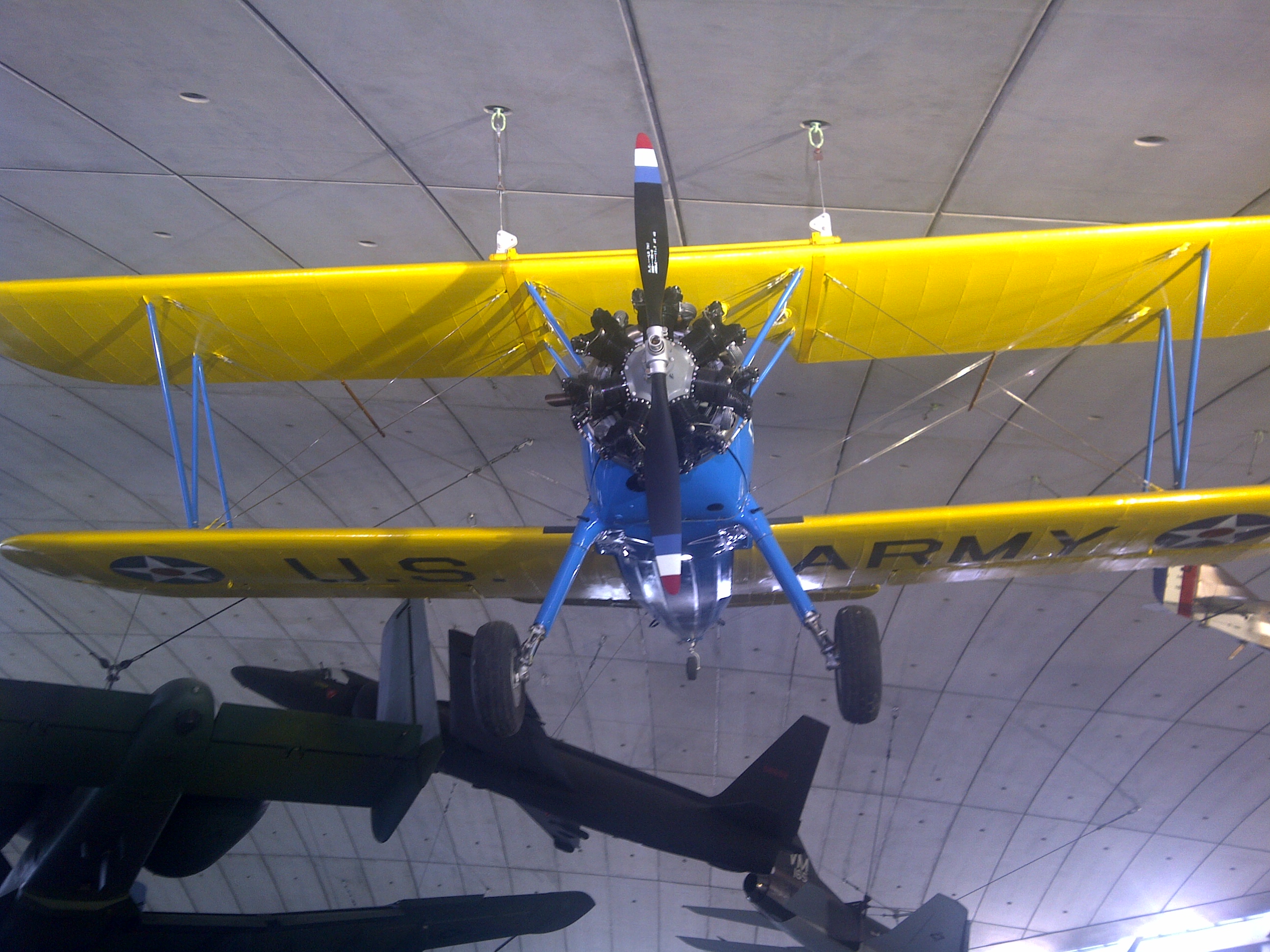

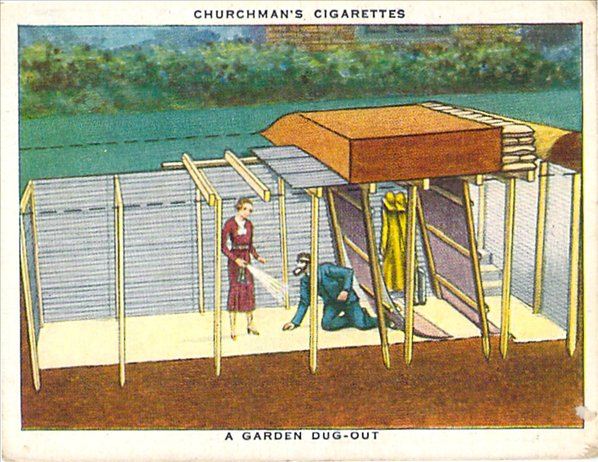
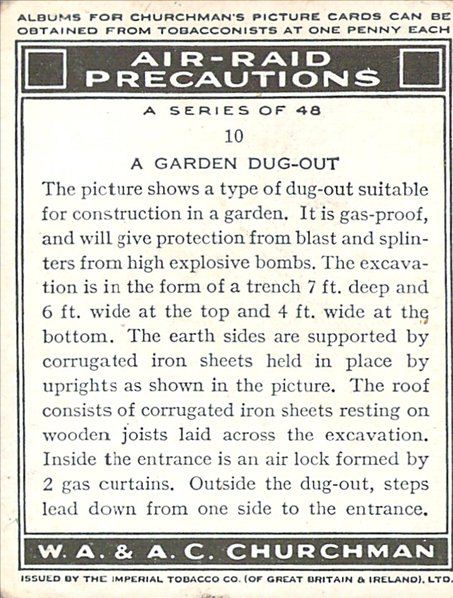 A garden dug-out
A garden dug-out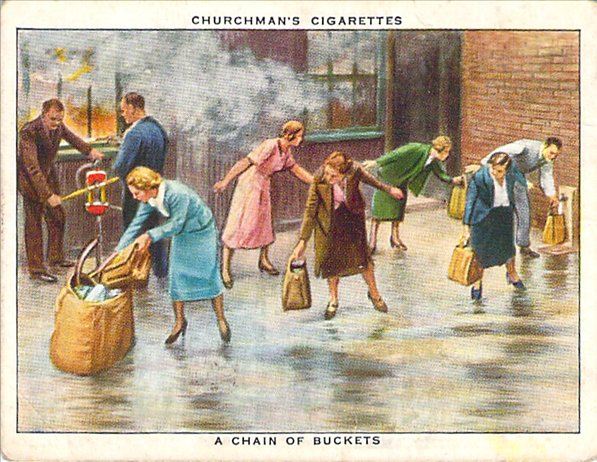
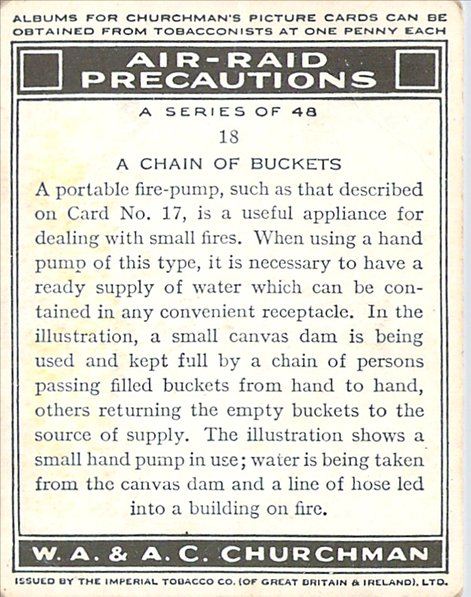 A chain of buckets
A chain of buckets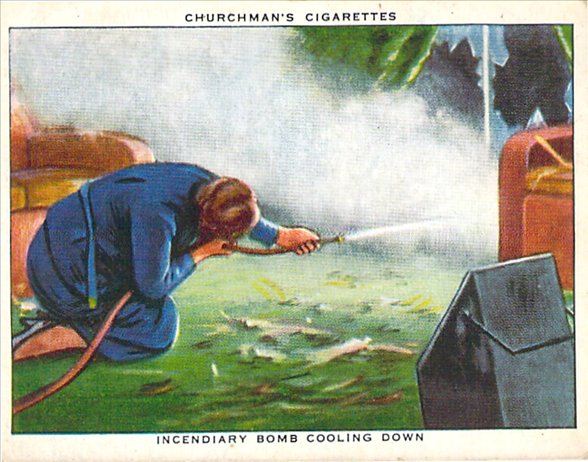
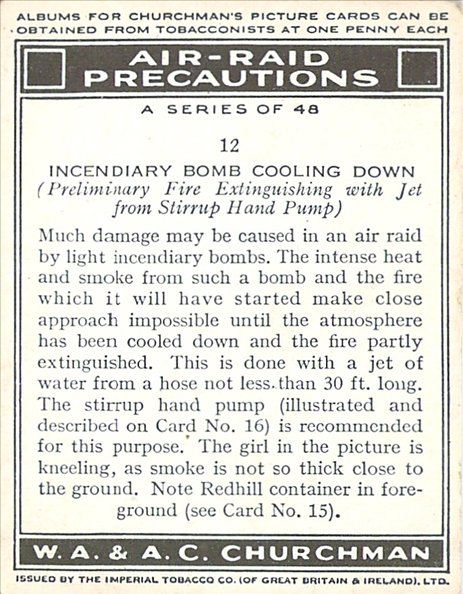 Incendiary bomb cooling down
Incendiary bomb cooling down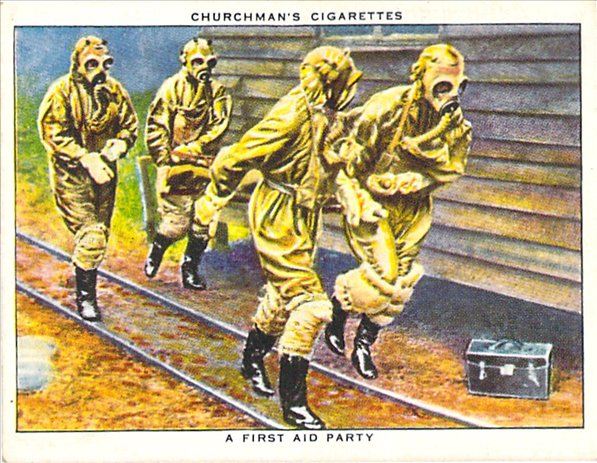
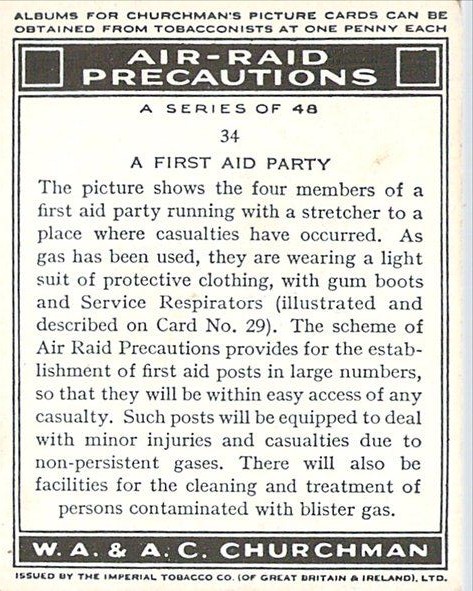 A first aid party
A first aid party









